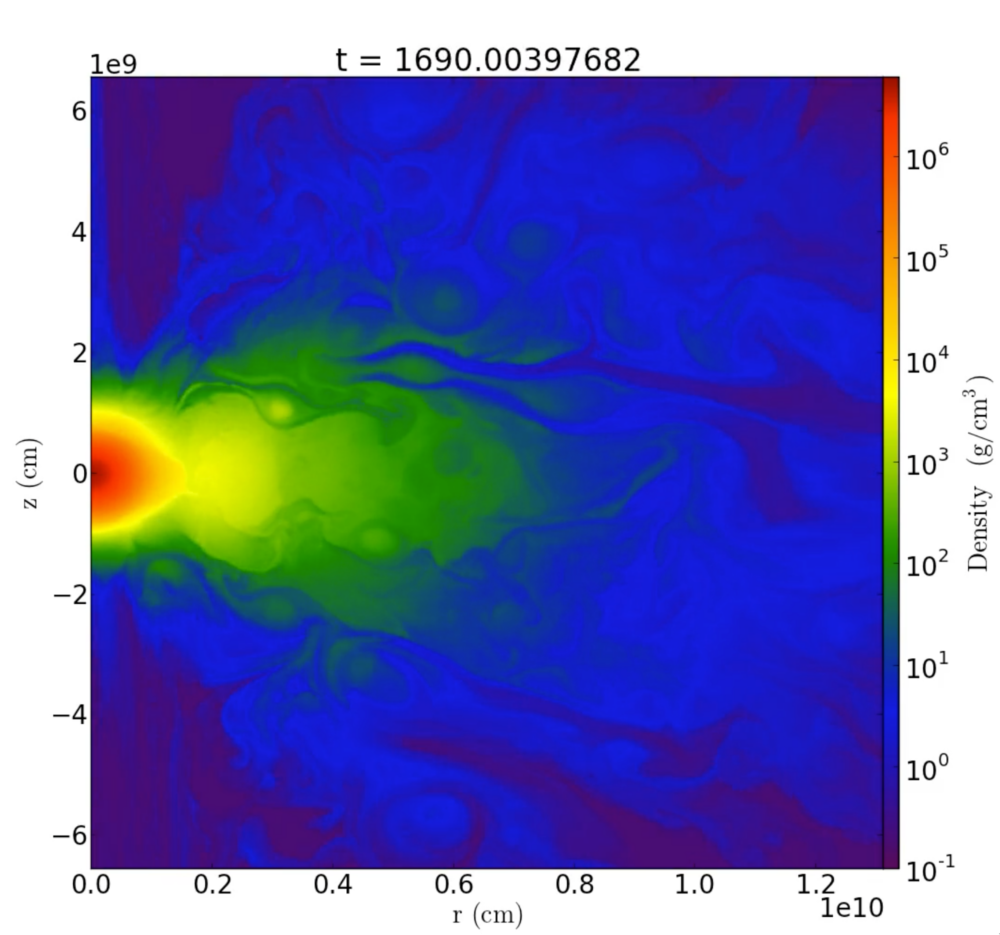
Story by Helen Hill for MGHPCC
Supernovae have long been an object of fascination for astronomers and astrophysicists. They are the incredible explosions that take place at the end of a star's life cycle, and are among the brightest objects in the sky. Robert Fisher, a professor of astrophysics based at UMass Dartmouth, models their behavior using giant computer simulations which simultaneously solve complex physics equations, together making up a detailed theoretical description of a star or star pair.
Supernovae provide what is termed a standard candle - a means for astronomers to calculate distances in the cosmos. With the recent discovery that the universe is not only expanding but that the rate of expansion is speeding up, an understanding of supernovae characteristics is fundamental to pinning down that rate of expansion with all that implies.
Indeed, astronomers scan the skies nightly for new supernova explosions which may yield clues to this mystery. A newly-discovered stellar explosion in the Cigar Galaxy is the nearest to Earth discovered since 1885, and promises to shed new light on our understanding of the cosmos.
In this video Fisher introduces his research and reveals how high performance computing enables astrophysical experiment and discovery.
Find out more about Robert Fisher's research at www.novastella.org
Learn more about Supernova SN 2014J at http://apod.nasa.gov/apod/ap140124.html
Video credit: Helen Hill